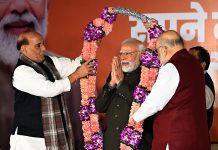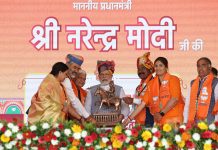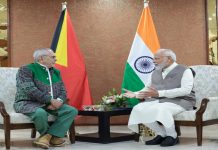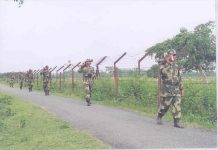The month of October, beside other things, reminds us of Gandhi Jayanti, may be because of national holiday. Had Mahatama Gandhi been alive now, he would have been celebrating his 148th birthday. Even when he died, he was 79 years old, which comes under elderly category. Just wondering what would have been the condition of old age people, had the “Father of the nation” been around.
As per the 2011 Census, there are nearly 104 million elderly people in India, 53 million of whom are women. Between 2001 and 2010, the country witnessed saw a 35 per cent growth in people above the age of 65. Of which, around 71 per cent of the elderly population resides in rural areas.
Again, if the latest study by the UN Population Fund India titled ‘Caring for our elders: Early response India Ageing Report 2017’ is to be believed, the percentage of elderly people, classified as those above 60 years of age, is expected to go up in India from 8 per cent in 2015 to 19 per cent in 2050. The number of senior citizens is set to grow three-fold from around 100 million at present to 300 million by 2050.
The challenge — and a major one — in front of the country is how to take care of such a large population of senior citizens. Everyone — including the government, civil society, communities and families — need to play their part for the welfare of the segment of the society. While children are expected to tend to their parents’ needs, the governments –at the Centre and states – should come up with welfare policies for these old age people and make sure that they are properly implemented.
The Ministry of Health and Family Welfare, for example, launched the National Programme for Health Care of the Elderly (NPHCE) in 2010. Many states have failed to implement its provisions fully, even after seven years. Tamil Nadu, in particular, did not utilise any of the funds granted by the Centre for this scheme between 2010 and 2015, a report by the Comptroller Auditor General has pointed out. States like Assam, Madhya Pradesh and Rajasthan have used between 20 per cent and 50 per cent of their funds. Only Maharashtra seems to have used almost all the funds allocated under this scheme.
There are a large number of aged people and the number has been increasing, with most of them living in poverty, without any roof over their heads or proper clothes and food. The budgetary allocation for their welfare has also been paltry. As per the report of the parliamentary standing committee dealing with the demand for grants for 2015-16, the amount allocated as the budget estimate stage was `50 crore in 2014-15 which was cut down to `25 crore at the revised estimate stage and only `10.45 crore actually utilised.
Interestingly, in a separate but related development, the Supreme Court recently sought the response from the states with regard to the status of old age homes in every district on a plea filed by former union minister Ashwini Kumar for protection of rights of senior citizens.
The government funds and assistance would not anyway be enough. People should pitch in at individual level too to help the senior citizens as 12.5 per cent of the total population will be over 60 by 2030 and nearly a fifth of the total population by 2050. Uday Modi, an ayurvedic doctor, is just an example of how a person can make a difference in the lives of others. He started a free-of-cost tiffin story for the elderly in Mira-Bhayandar Municipality in Mumbai 10 years ago. He had started with providing free tiffin service to two people every day and gradually the number grew to 200, with many on the waiting list.
We too should come forward and play our role in giving back to the society. By the way, did you know that October 1 is marked as International Day for the Elderly?













